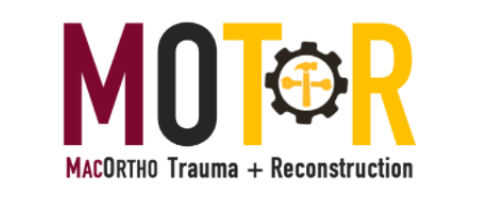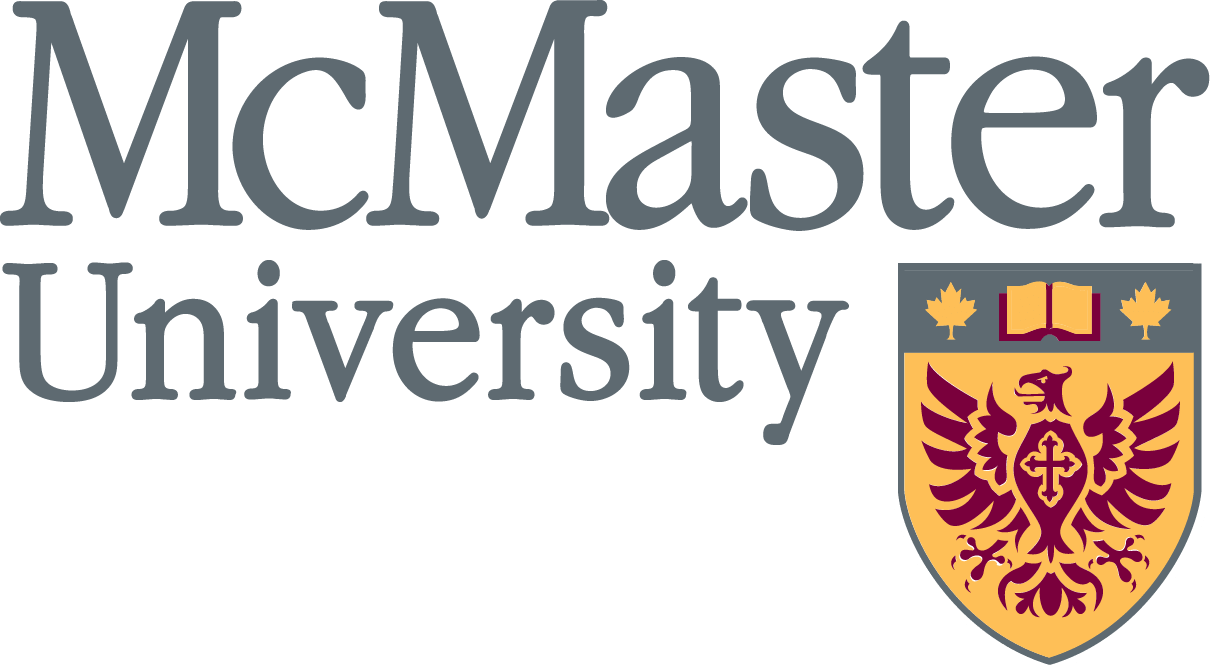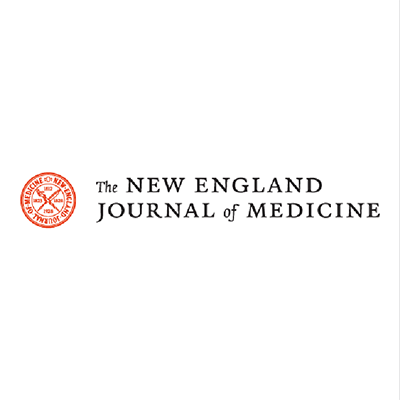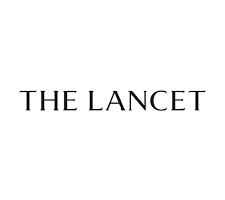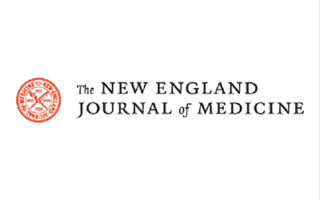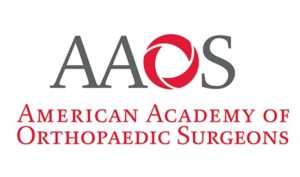Aqueous skin antisepsis before surgical fixation of open fractures (Aqueous-PREP): a multiple-period, cluster-randomised, crossover trial
PREP-IT Investigators

Abstract
Background: Chlorhexidine skin antisepsis is frequently recommended for most surgical procedures; however, it is unclear if these recommendations should apply to surgery involving traumatic contaminated wounds where povidone-iodine has previously been preferred. We aimed to compare the effect of aqueous 10% povidone-iodine versus aqueous 4% chlorhexidine gluconate on the risk of surgical site infection in patients who required surgery for an open fracture.
Methods: We conducted a multiple-period, cluster-randomised, crossover trial (Aqueous-PREP) at 14 hospitals in Canada, Spain, and the USA. Eligible patients were adults aged 18 years or older with an open extremity fracture treated with a surgical fixation implant. For inclusion, the open fracture required formal surgical debridement within 72 h of the injury. Participating sites were randomly assigned (1:1) to use either aqueous 10% povidone-iodine or aqueous 4% chlorhexidine gluconate immediately before surgical incision; sites then alternated between the study interventions every 2 months. Participants, health-care providers, and study personnel were aware of the treatment assignment due to the colour of the solutions. The outcome adjudicators and data analysts were masked to treatment allocation. The primary outcome was surgical site infection, guided by the 2017 US Centers for Disease Control and Prevention National Healthcare Safety Network reporting criteria, which included superficial incisional infection within 30 days or deep incisional or organ space infection within 90 days of surgery. The primary analyses followed the intention-to-treat principle and included all participants in the groups to which they were randomly assigned. This study is registered with ClinicalTrials.gov, NCT03385304.
Findings: Between April 8, 2018, and June 8, 2021, 3619 patients were assessed for eligibility and 1683 were enrolled and randomly assigned to povidone-iodine (n=847) or chlorhexidine gluconate (n=836). The trial’s adjudication committee determined that 45 participants were ineligible, leaving 1638 participants in the primary analysis, with 828 in the povidone-iodine group and 810 in the chlorhexidine gluconate group (mean age 44·9 years [SD 18·0]; 629 [38%] were female and 1009 [62%] were male). Among 1571 participants in whom the primary outcome was known, a surgical site infection occurred in 59 (7%) of 787 participants in the povidone-iodine group and 58 (7%) of 784 in the chlorhexidine gluconate group (odds ratio 1·11, 95% CI 0·74 to 1·65; p=0·61; risk difference 0·6%, 95% CI -1·4 to 3·4).
Interpretation: For patients who require surgical fixation of an open fracture, either aqueous 10% povidone-iodine or aqueous 4% chlorhexidine gluconate can be selected for skin antisepsis on the basis of solution availability, patient contraindications, or product cost. These findings might also have implications for antisepsis of other traumatic wounds.
Funding: US Department of Defense, Canadian Institutes of Health Research, McMaster University Surgical Associates, PSI Foundation.
Copyright © 2022 Elsevier Ltd. All rights reserved.
Conflict of interest statement
Declaration of interests GPS reports site payments and principal investigator support for the present manuscript from the US Department of Defense and editorial or governing board for the Journal of Orthopaedic Trauma, and is a board or committee member for the Orthopaedic Trauma Association, outside of the submitted work. SS reports payments made to the institution from the US Department of Defense, Physicians Services, and McMaster Surgical Associates for the present manuscript. JLW reports a stipend from the PREP-IT Study for the submitted work, support for attending site initiation visits and the PCORI conference, and participation on a data safety monitoring board or advisory board at METRC, John Hopkins Bloomberg School of Public Health, and the Institutional Review Board at the University of Maryland. ADH reports a grant (contract number W81XWH-17-1-0702) to his institution from the US Department of Defense for the present manuscript. WO reports payment from AO North America for an educational event, lawyer fees for patients and expert opinion, American Task Force Commission from AO International, and is a board or committee member for the Southeastern Fracture Consortium, outside of the submitted work. SJW reports grants from AO North America, consulting fees for implant development from Synthes, and payment or honoraria for educational events from Smith and Nephew and Stryker Globus, outside of the submitted work. JLG reports payments to their institution for effort and coordinator support for study activities from PCORI and McMaster University for the present manuscript. SNP reports grant for study unrelated to this work from the Orthopaedic Trauma Association and honoraria for work unrelated to this manuscript from Skeletal Dynamics. RVO reports support for the present manuscript from the US Department of Defense, Department of Defense funding regarding orthopaedic surgery and infection (TOBRA, VANCO, OXYGEN grants), as well as PCORI regarding venous thromboembolism, royalties from Lincotek, consulting fees from Stryker, and stock options from Imagen, outside of the submitted work. MJP reports consulting fees for Orthopaediatrics on their tibial nail project, outside of the submitted work. JL reports royalties or licences from Stryker, consulting fees from Stryker, and chair of the Orthopaedic Trauma Association PR committee, AONATEC, outside of the submitted work. MTM reports consulting fees from Stryker, ITS, and Acumed, board of directors for the Orthopaedic Trauma Association, and deputy editor for the Journal of Orthopaedic Trauma, outside of the submitted work. MM reports payments made to his institution from the US Department of Defense, US patents for implants using ultrasonic backscatter for sensing electrical impedance of tissue and for a quantitative tool using impedance spectroscopy to monitor fracture healing, participation in the classification committee chair for the Orthopaedic Trauma Association, and an exchange-traded fund investment, outside of the submitted work. NNO reports support for the present manuscript to his institution from the US Department of Defense. GJDR reports research payments made to his institution from the AO Foundation, royalty payments unrelated to manuscript or research from Wright-Tornier, travel and meeting expenses from the AO Foundation, multiple patents held unrelated to manuscript or research from Intellectual Ventures, member of the board of councillors of the American Academy of Orthopaedic Surgeons, and minority shareholder for Mergenet Medical and the Orthopaedic Implant Company, outside of the submitted work. RDZ reports consulting fees from Bioventus, Osteocentric, and Stryker, payment for being a consultant speaker from Bioventus, and is a board member for the Kuntsher Society, outside of the submitted work. JTP reports grants or contracts from AO North America for the Young Investigator Research Development Award, invited speaker for AO Trauma North America Internet Live Series: Orthopaedic Trauma Journal Club Session (topic: femoral neck), and support for attending meetings or travel from AO North America for the Young Investigator Research Development Award, outside of the submitted work. DM reports a stipend from the PREP-IT Study for the submitted work and support for attending the PCORI conference twice. ILG reports research grants from the National Institute of Arthritis and Musculoskeletal and Skin Diseases and National Institutes of Health and the Department of Defense Peer Reviewed Orthopaedic Research Program Clinical Translational Research Award, consulting and teaching fees from Stryker, teaching payments from AO North America, and support for attending meetings from Institutional CME, outside of the submitted work. JCR reports grant awards from the US Department of Defense and board or committee member for the Limb Lengthening and Reconstruction Society, Orthopaedic Research Society, and American Academy of Orthopaedic Surgery, outside of the submitted work. PJD reports grant funding from Abbott Diagnostics, Roche Diagnostics, and Siemens, consulting fees from Trimedic, payment or honoraria for presentations from Bayer and Roche, member of advisory boards for Bayer and Quidel Canada, and receipt of monitor devices from CloudDX and Philips Healthcare, outside of the submitted work. MB reports payments made to the institution for the present manuscript from the Canadian Institutes of Health Research, US Department of Defense, McMaster University Surgical Associates, and Physician Services, payments made to his institution from the National Institutes of Health and Michael G DeGroote Institute for Pain Research and Care, and is an advisory board member for the International Society of Orthopaedic Surgery and Traumatology, outside of the submitted work. All other authors declare no competing interests.
